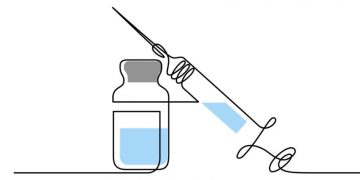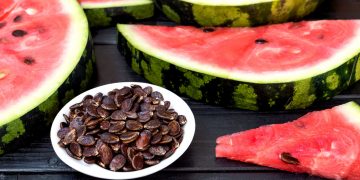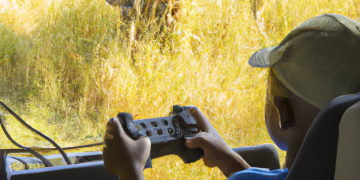Pigeon Drawing
The pigeon has a place with the bird family called Columbidae, which implies pigeons are firmly connected with pigeons. Pigeons are recognized for their short necks, legs, and cooing voice. They have long been an image of fresh starts, harmony, love, success, and more. The hypnotizing magnificence and outrageous prominence of pigeons have provoked an immense interest in a free bird drawing instructional exercise. Dove drawing & Rose flower drawing or other drawing ideas for every drawing lover.
Presently, you’ve requested it, so we conveyed it. At last, we present a bit-by-bit instructional exercise on the most proficient method to draw a bird, summed up in 9 fast and simple tasks.
Stage 1 – Pigeon drawing
Begin by drawing a sideways lopsided three-sided shape to frame the upper bill. Draw a comparative figure under the upper bill to make the lower mouth. Remember, the upper pinnacle ought to be greater and more pointed than the lower bill, as displayed in the representation above.
Remember that the bill should be situated on your paper’s upper left half. Make reference lines by drawing a converging level and vertical line across your paper to guarantee this. This rule will partition your paper into four rectangular spaces. The space in the upper left corner is where you should draw the mouth.
Stage 2 – Make a Blueprint of the Pigeon’s Head
Draw a bent shape encompassing the mouth we attracted in the past step. This layout is the top of the pigeon. When drawn accurately, the figure ought to look very much like a snare. Since the pigeon is looking sideways, the bill ought to be on the left edge of the bird’s head.
Stage 3 – Unpleasant Sketch the Body of the Bird
Broaden the lines of the figure of the head by drawing a lopsided oval shape straightforwardly associated with the head. This makes a diagram of the pigeon’s body. Keep in mind to utilize light strokes while drawing a diagram. Try not to push down excessively hard with your pencil so you can undoubtedly eliminate any pieces of the blueprint you never again need later on.
Stage 4 – Next, Draw the Right Leg of the Bird
Draw a wide U-formed bend on the forward portion of the lower part of the bird’s body. Remember that the U-formed bend ought to have a corner to corner sides and a level base. This structures the right leg of the pigeon. Remember to eradicate the piece of the blueprint that covers the leg. This helps keep the design of the pigeon more refined and, above all, keeps your drawing perfect and clean.
Stage 5 – Presently, Complete The two Legs of the Bird
Rehash the last step on the contrary side of the bird’s lower body. This structures the bird’s left leg, which is situated on the back since the pigeon is looking aside.
Stage 6 – Subsequently, Design the Bird’s Tail
Draw three associated lengthened figures with bent tips to make the plumes. These plumes should be bunched together, framing a rectangular shape on the base back of the pigeon.
Stage 7 – Next, Make the Wings of the Pigeon
Draw an oval shape with a marginally pointed base on the pigeon’s body. Then, define skewed boundaries on the base piece of the wing to make the deception of plumes. This includes the wing’s surface, making it look cushioned and practical.
Remember to eradicate lines from the bird’s body that covers its wing!
Stage 8 – Then, Draw the Right Foot of the Pigeon
Under the right leg of the pigeon, draw a foot with four hooks. This structures the bird’s right foot, as displayed in the outline above.
Stage 9 – Presently, Draw the Pigeon’s Left Foot and Eye
Rehash the past step under the contrary leg to make the left foot with hooks. Right now, the two legs of the bird are currently finished. Subsequently, draw a circle on the upper piece of the pigeon’s head, close to the nose. This blueprints the eye of the pigeon. Then, draw a more modest circle inside the eye to make the student. Ultimately, add shade to the whole eyes while leaving out the student unshaded.
In the wake of completing this step, your pigeon drawing ought to now be concluded. All it’s missing is a sprinkle of varieties to make your pigeon vivid! Now that we’ve effectively drawn a bird, it’s at long last time for the most interesting part. In this last step, we’ll pick the varieties and shade the pigeon. This is when you can grandstand your creative abilities, particularly blending and matching different varieties.
However, the pigeons we frequently see are white in variety, and there are numerous bright birds in staggering tones like yellow, pink, green, and orange, and that’s just the beginning! This provides you with many choices to look over while shading the bird. Go ahead and variety the pigeon with any tones you like! You can utilize more than one tone to make an exceptional, multi-hued dove!



























